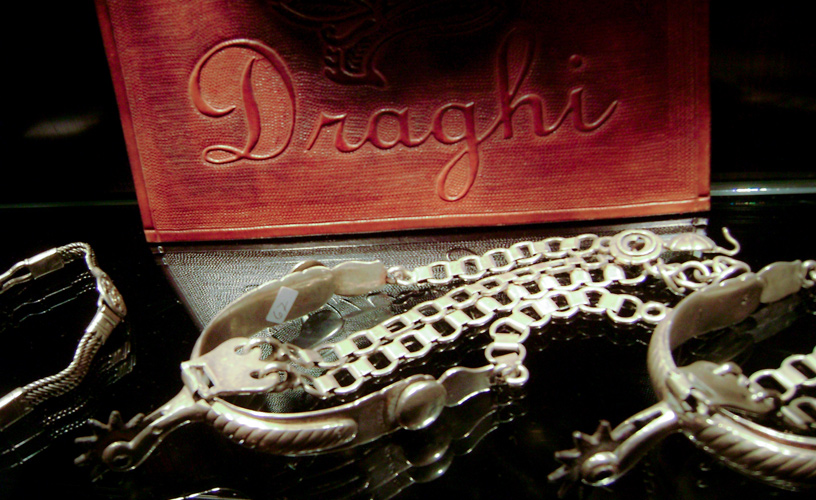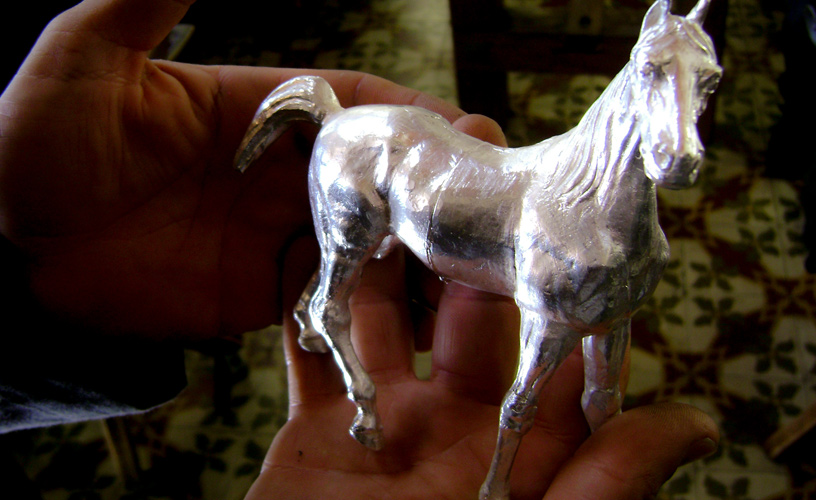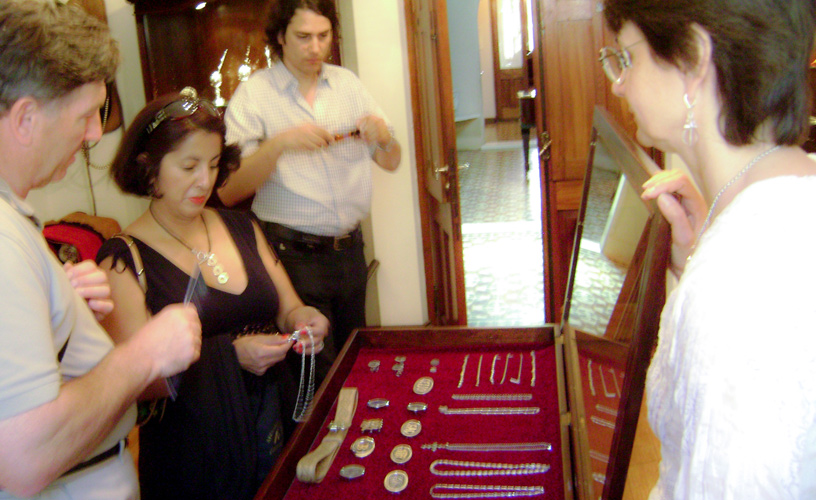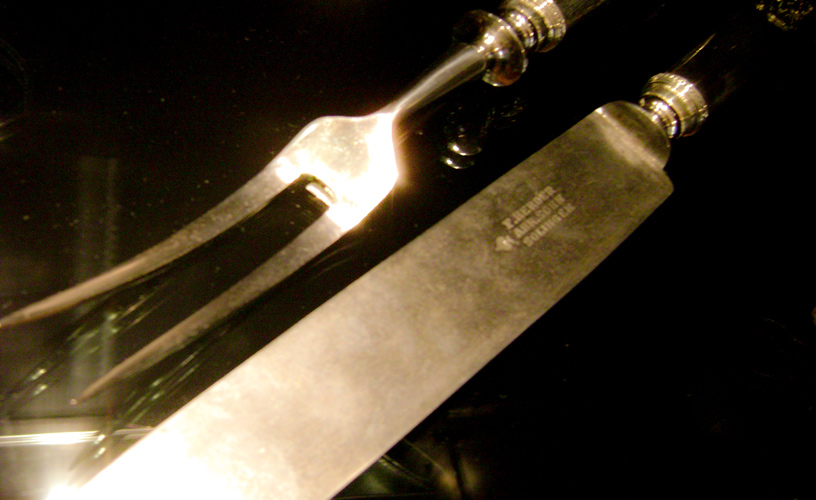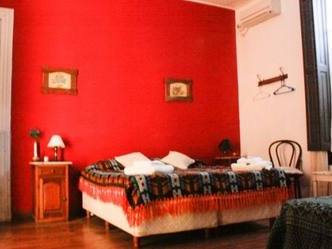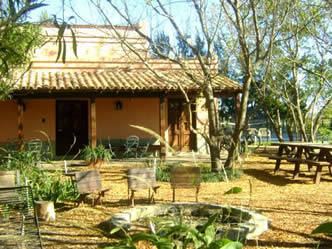From Potosí to the Humid Pampas
The first silversmiths settled down in Buenos Aires late in the XVI century and, in the XVII and XVIII centuries, they developed a kind of silversmith technique similar to that used in Potosí, in the area known as the Upper Perú Viceroyalty.
These silversmiths settled down all through the Province of Buenos Aires and the littoral area and most of them were Spanish or Portuguese who brought along their crafts from their homeland. Once here, they slowly became adapted and came close to the features of the moment. These included the Argentinian gaucho, with his own symbolisms and values, rooted in the rural tasks.
All that Glitters is Silver
The rustic and austere life of the gaucho, with sober customs, has barely enabled him to carry some valuable –generally made of silver- among his clothes or in the horse tack. It was the silversmiths who assumed the task of creating and innovating silverwork and the creation of objects, among which daggers, knives, mates, bombillas and other elements used by the Argentinian in everyday life, first in the countryside and later in the big cities, stood out. Related tours:
The Draghis, A Silversmiths’ Family
Juan José Draghi took his first steps in silverwork in the 1960s encouraged by his own vocation. He acquired a great technical domain of the trade through experience. His intuition and his creative genius consecrated him as the new founder of traditional Argentinian silverwork.
Draghi asserted: “I have become a silversmith because I was born in Areco”, and this is seen in each one of his works. At the Ricardo Güiraldes Gaucho Museum, this silverwork artist found the inspiration to make his work grand. He was inclined towards the habits and customs of the countryside man, who has obviously admired him ever since.
His Silverwork Workshop and Museum, located in front of the main square in Areco, is a clear example of his professional attitude and of the artistic conditions attained by this artist who recovered a trade that seemed to be headed straight towards oblivion.
Today, his wife and his children continue the same task with intact passion and with the respect imposed by the fact that history is being written on each of the works that leave his workshop.
Areco’s Old Bridge
The old bridge of Areco is one of the most picturesque icons in town.
Ricardo Güiraldes Gaucho Museum
We visited the Ricardo Güiraldes Criollo Park and saw that the traditional spirit is more alive than ever
Pablo Etchevers
Pablo Etchevers
Contact of the excursion or tour
Taller y Museo Draghi
Lavalle 387, San Antonio de Areco, Buenos Aires, Agentina
Phone: +54 2326-454219
